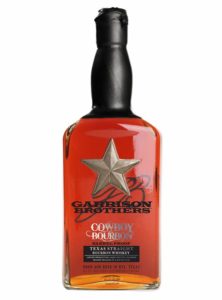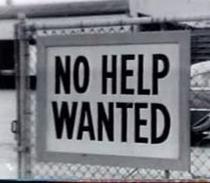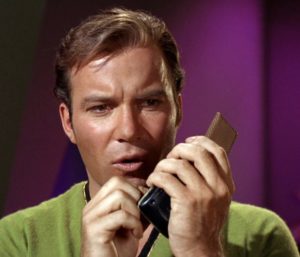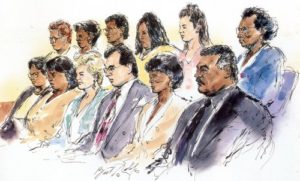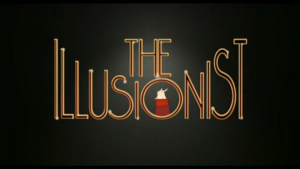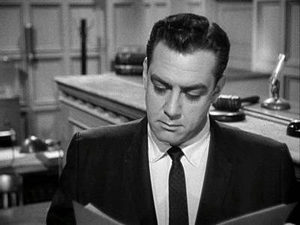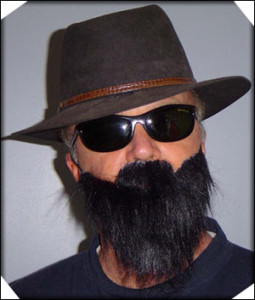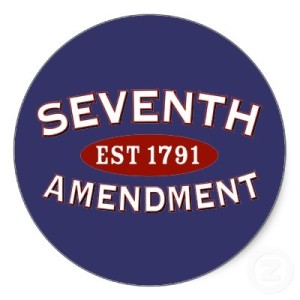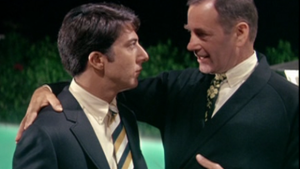 First v. Rolling Plains Implement Co., a fraud claim about the sale of a combine, found insufficient evidence to support the verdict about the date of claim accrual (“April 13, 2017”), noting the following:
First v. Rolling Plains Implement Co., a fraud claim about the sale of a combine, found insufficient evidence to support the verdict about the date of claim accrual (“April 13, 2017”), noting the following:
- Evidence about time, but not dates. “[T]here is a disconnect between the trial evidence and the jury charge. Statutes of limitation are necessarily date-specific, but the trial evidence spoke in general terms. Witnesses referred to holiday weekends, seasons, and months when describing the malfunctions, but the jury was tasked with identifying a specific date that began the limitations period. The jury was asked to select a specific date without the evidentiary basis to do so.”
- Only date, no evidence. The jury chose the only date presented as a day, month, and year: the Protection Plan’s expiration date. But the Protection Plan’s expiration date cannot support the verdict because it is temporally unrelated to any pertinent fact that would cause First to suspect fraud. … Trial witnesses testified that the main issue [around Memorial Day 2016]—computer problems that caused the engine to idle—was part-and-parcel of setting up the Combine.”
- Only date, no evidence, another reason. “[T]he jury’s selected date—April 13, 2017—occurred almost one year after the Memorial Day 2016 malfunctions. Rolling Plains did not identify additional events during this year that would cause First to suspect fraud.”
No. 23-10635 (July 11, 2024).
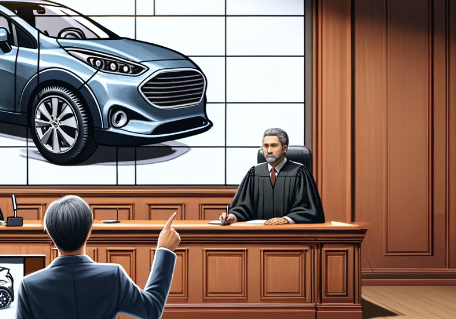


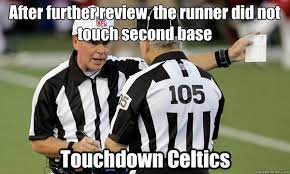
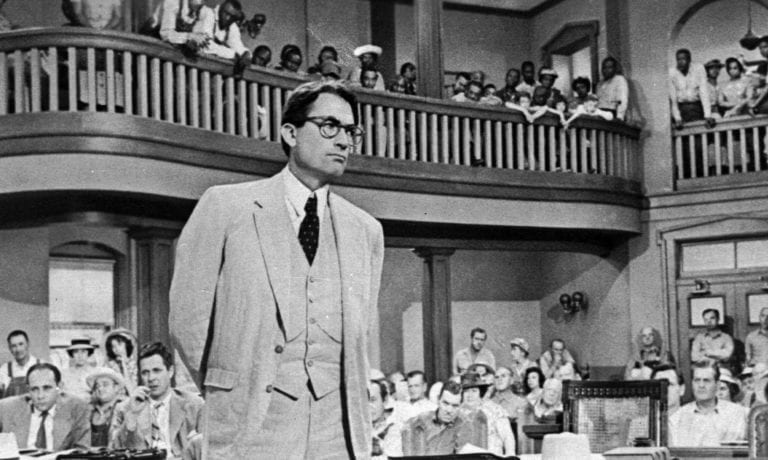





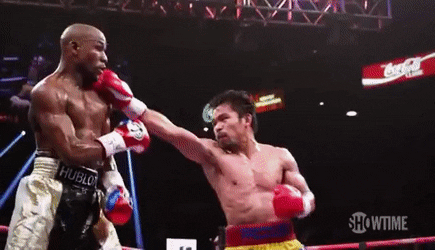



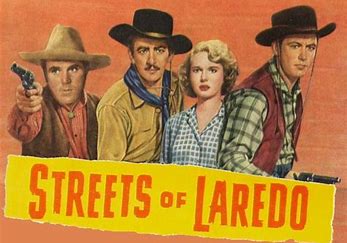



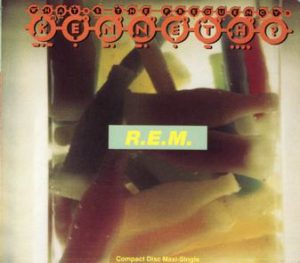
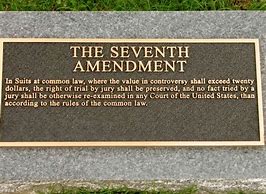
 (4) a Daubert challenge to the plaintiff’s expert on warnings
(4) a Daubert challenge to the plaintiff’s expert on warnings 